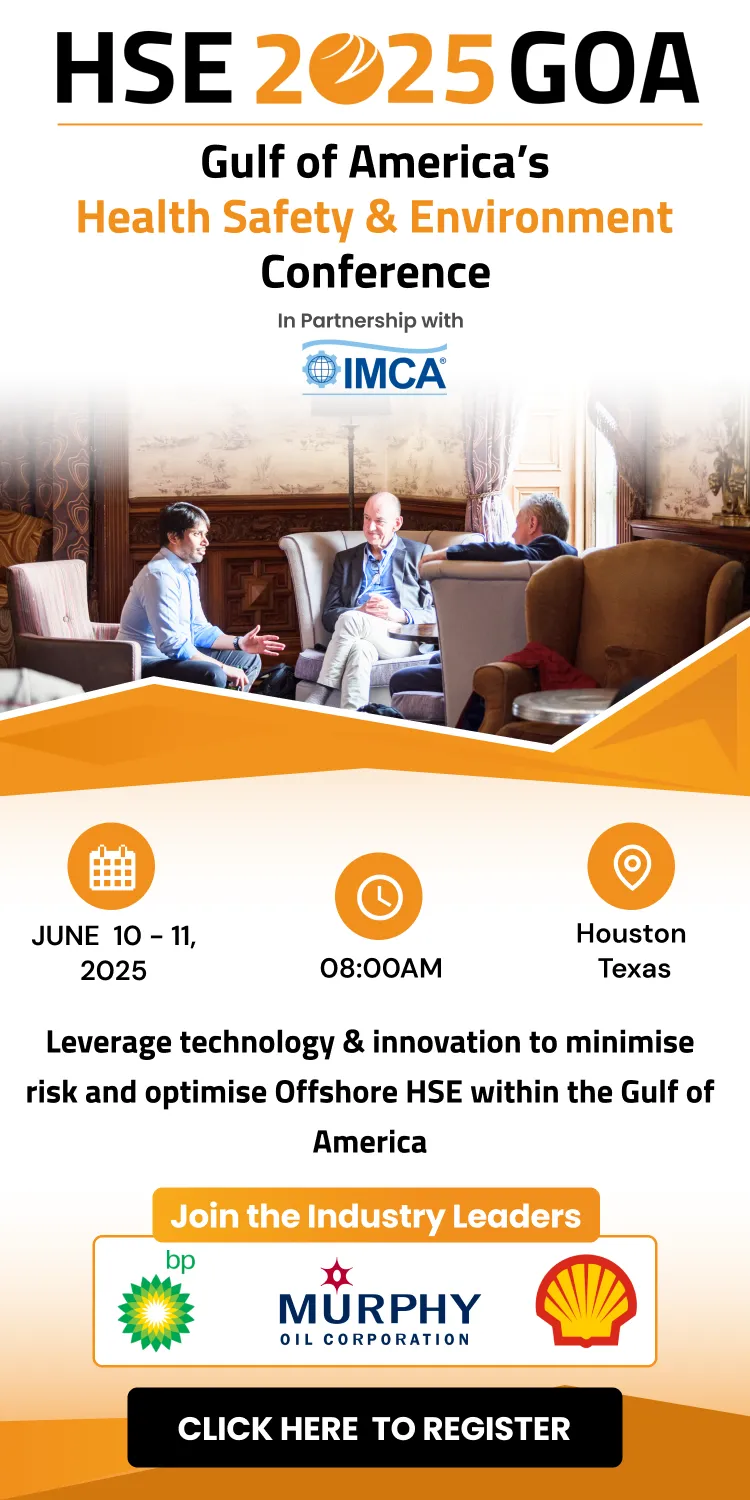
This webinar is an essential event for professionals in the construction industry. (Image source: ACP)
FOR IMMEDIATE RELEASE
Dubai, UAE – August 27, 2024 – Khansaheb Civil Engineering (KCE), in collaboration with Autodesk, is set to host a webinar that will delve into the transformative effects of adopting a Common Data Environment (CDE) within the construction industry. The webinar will showcase how KCE has revolutionised its construction operations by leveraging digital solutions, significantly improving project efficiency, quality, and client satisfaction.
The webinar, titled “KCE: Revolutionising Construction Operations through Digital Delivery”, is scheduled for 18 September 2024. Participants will gain insights into how KCE utilised Autodesk Construction Cloud (ACC) as a comprehensive CDE solution across all project phases—from preconstruction to construction. This platform enabled KCE to centralise project data, streamline workflows, and ensure high accuracy in information exchange, ultimately delivering faster and more effective construction outcomes.
During this session, you will learn how KCE:
* Utilised Autodesk Construction Cloud (ACC) as a comprehensive solution for CDE needs across all project phases, from preconstruction through to construction, centralising project data in one place, including BIM Coordination, collaboration, and issue management.
* Streamlined daily tasks such as drawings, material submittals, site inspections, and snag lists, revolutionising workflow.
* Exchanged vast amounts of information with multiple parties, ensuring high accuracy and speed, delivering the right information at the right time, resulting in faster construction processes, improved quality, greater client satisfaction, and enhanced project outcomes.
* Managed to have one-click access to drawings, models, and Microsoft Office files, and handled file version control, comparison, and change management, all within a single platform.
This webinar is an essential event for professionals in the construction industry who are looking to enhance their operations through digital solutions. Attendees will have the opportunity to hear directly from experts at KCE and Autodesk about the practical applications and benefits of using a Common Data Environment.
Registration: The webinar is free to attend, but spaces are limited. To secure your spot, please register at https://alaincharlestraining.com/webinar2/kce-autodesk-webinar
For more information, please contact:
Imran Uddin
Project Manager - Events
Technical Review Middle East
Alain Charles Publishing
+44 (0) 20 78347676
About Khansaheb Civil Engineering:
Khansaheb Civil Engineering is a leading construction company in the UAE, committed to delivering high-quality construction services through innovation and excellence. With a focus on sustainability and client satisfaction, KCE continues to be at the forefront of the construction industry.
About Autodesk UAE:
Autodesk is a global leader in design and make technology, providing innovative solutions for industries including architecture, engineering, construction, manufacturing, and media and entertainment. Autodesk supports the region's construction industry with advanced digital tools and platforms.
-ENDS-








